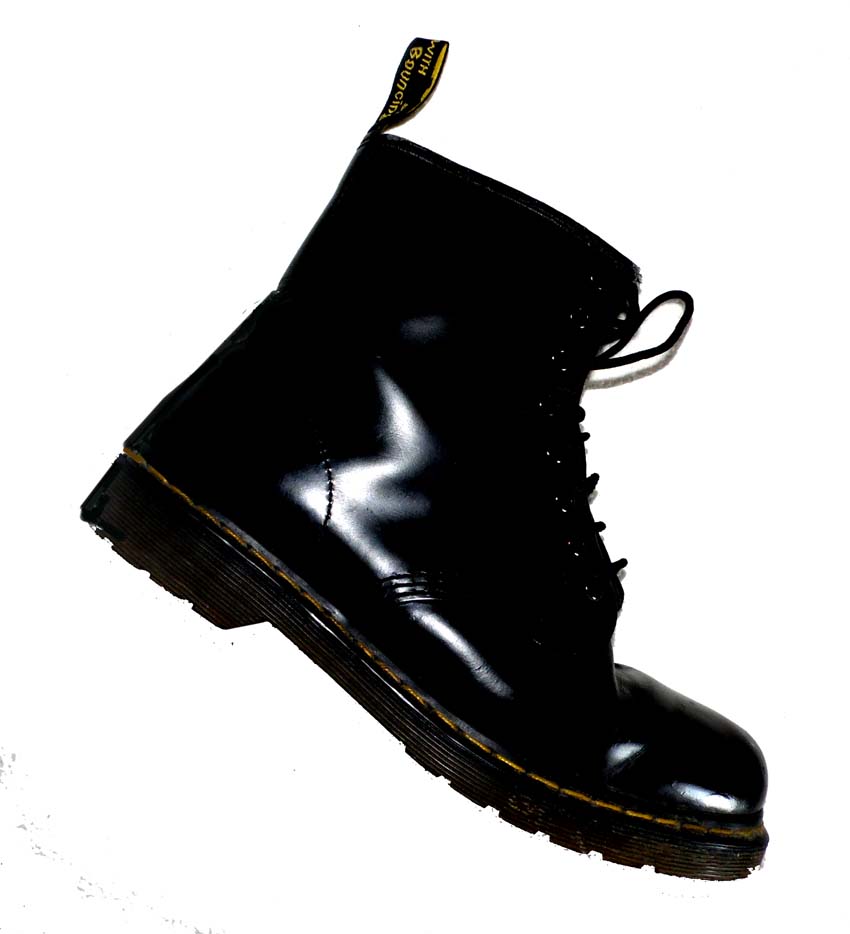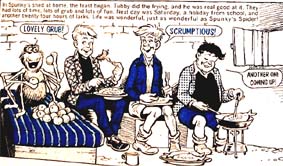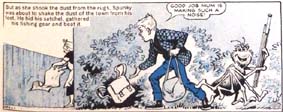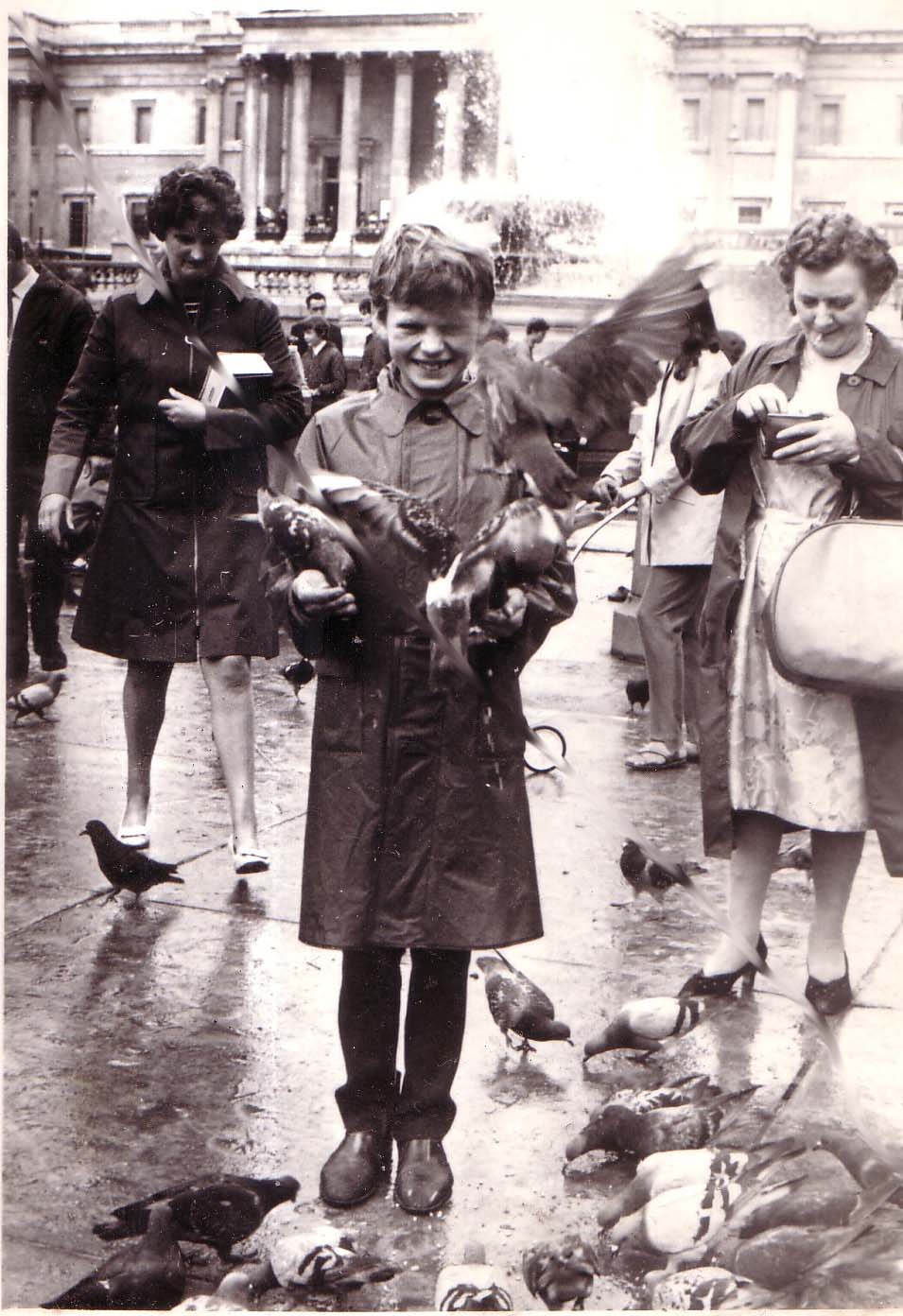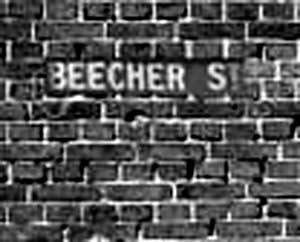Back in the nineties I lived quite the rock ‘n’ roll lifestyle. I played rhythm guitar in a band, I had long hair and I partied hard most weekends. It was an age of fantastic new music, and it came at a time when we were young and energetic enough to dance the night away. Every weekend we did the mashed potato to Mudhoney, the hustle to Hole, the samba to Soundgarden.
One Friday night I was at the flat of my mate Nige, who had a dozen or so people round after the pubs shut. We swigged to the sound of Mudhoney until the neighbour banged on the wall to signal last orders, and most people went home.
But I hung about. Nige had gone to bed and I was lying at full stretch on the settee with a duvet. The only other person in the room was my mate Graeme, who was curled up on an armchair with a blanket. He told me that he couldn’t get comfortable and asked me if I fancied swapping. I laughed and gave him a two-word reply, accompanied by a two-fingered salute. Then I gave an exaggerated account of how wonderfully comfortable Nige’s settee was.
Soon after this though my bursting bladder began demanding my attention. I couldn’t hold it in any longer so I pulled the duvet aside. Graeme appeared to be asleep so I crept off the settee and made stealthily towards the door that led to the bathroom. No sooner had I reached this door than I heard a yell of triumph, and I saw Graeme leap from the armchair onto the settee. I was crestfallen.
I curled up on the armchair with the blanket but I had to tolerate the combined irritations of being unable to get comfortable, and Graeme’s exaggerated pretend snoring. Eventually though, I did drift off to sleep.
I woke up before it was light and, although it was summertime, the room was cold. I decided to go home, so I folded the blanket and put on my shoes. Graeme was in a deep drunken slumber by this time, and so I decided to have me some revenge on him for stealing the settee from me.
The obvious pranks, like shaving an eyebrow or drawing on his face, crossed my mind, but I wanted something different. After a moment’s thought I hatched a plot worthy of Dick Dastardly himself. I left the flat a few minutes later, and walked through the dark, deserted streets quietly chuckling to myself.
In the morning Graeme and Nige were up and chatting about the party. Graeme had laced up one of his Dr. Marten boots but he couldn’t find the other one. Then Nige found the note I had left on the fireplace, which read:
If you want to see your boot again bring a packet of Hob-nobs to ** Marine Terrace on Saturday morning.
No tricks
No police
Graeme’s options came down to either walking around to my flat, which was about a quarter of a mile away, in stockinged feet, or as he was, wearing one boot laced up. He opted for the latter.
As he hobbled through the streets in one boot on that busy Saturday morning, Graeme had the misfortune to run into a cousin of his, who was going shopping in the town centre with his wife and family. They laughed at Graeme’s comical gait, and asked what on earth he was doing walking around with one boot on. He showed them the note.
Graeme arrived at my flat soon after this but he took the prank in good humour, as I knew he would. We would go on to share flats on two occasions in the years following the bootnapping, and those happy times would be interspersed with pranks and practical jokes. We had quite a laugh about his boot over a cup of tea and some Hob-nobs, which Graeme had gone out to buy after he’d been fully shod. So he kept his side of the bargain.

